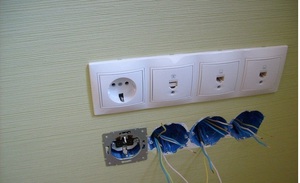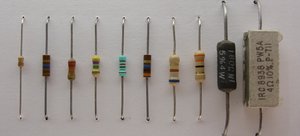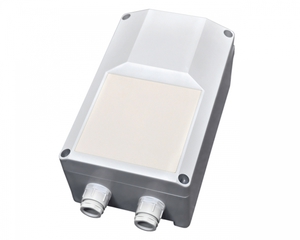Colors of wires in electricity: what color phase wire, earth and zero, due to electricity
Wires in the wiring have color markings, allowing electricity to find zero fairly quickly, phase and ground. If these contacts are not connected properly, then a short circuit may occur, and in some cases a person is struck by an electric current. Therefore, color marking of wires creates safe conditions for electrical work, exept this, significantly reduces the time to search and connect contacts. Currently, according to the rules of installation of electrical installations (PUE) and the required European standards, each wire must have its own color.
What do you need colored wires for?
Specific colors in electricity are chosen not by chance. Colored wiring is necessary for the safe conduct of electrical work, to avoid short circuit and electric shock. Previously, the color of the conductors was black or white, as a result, it brought great inconvenience to electricians. At disconnection it was necessary to give food in conductors, then zero and phase were determined using a control. The use of color relieved all these torments, because everything became very clear.
Color marking is almost always applied along the entire length of the conductor. It helps to establish the assignment of each conductor to a specific group, to facilitate their switching. There are three types of wires in electricity: phase, zero and ground.
What does the ground wire and neutral look like?
According to PUE, the ground wire has the following colors:
- yellow-green;
- yellow;
- green.
You should know, that manufacturers also apply on such conductor strips of yellow-green color in the longitudinal and cross direction. In the electrical circuit, the ground is denoted by the Latin letters "PE". Quite often grounding is called zero protection, and it should not be confused with zero working.
In single-phase and three-phase power supply, the neutral wire is usually marked in blue or blue and white. In the electrical circuit, zero is denoted by the Latin letter "N". Zero is also called neutral or zero working contact.
What does the phase wire look like?
Marking of a phase wire ( L ) presented in the following color solutions:
-
black;
- gray;
- brown;
- violet;
- turquoise;
- white;
- red;
- orange;
- pink.
But most often the phase conductor is brown, white and black.
How to distinguish between zero and "earth"
Zero differs from grounding in that, that an electric current flows behind it during load connection, and "earth" is used to protect against electric shock, which of this conductor does not flow, and connected to the housing of the devices.
Wires "ground" and zero can be distinguished in the following ways:
- Using an ohmmeter to measure the resistance on the conductor "earth" (which usually does not exceed 4 Ohm). Before that, you should make sure, that there is no voltage between the measurement points.
- Using a voltmeter, alternately measure the voltage between the phase conductor and the other two wires. In this case, "land" is always of great importance.
- If it is necessary to measure the voltage between the "ground" and any grounded device (example, central heating batteries or switchboard housing), then the voltmeter will show absolutely nothing. And if you apply the same method to zero - there will be a small voltage.
If the wiring has everything 2 wires, then it will always be phase and zero.
How to determine the phase
If you need to install or replace an outlet, it is not necessary to determine the phase, because it doesn't matter at all, from which side to connect it. It's a different matter with the chandelier switch, because it is necessary to submit the phase to it, and to lamps - only zero.
If the color of the wires phase zero is exactly the same, then the conductors are determined using an indicator screwdriver, in which the handle is made of transparent plastic, and a diode is installed inside. Before determining the conductors of the room or house is de-energized, wiring at the ends is trimmed and parted, otherwise they may collide accidentally and short circuit will occur.
Then connect the electricity, take a screwdriver by the handle, and the index and thumb are placed in contact with the back of the socket. Then you need to touch the bare end of the screwdriver with the metal wire and follow its reaction. If the light comes on, means, this is the phase, if not - zero. However, such a screwdriver will not be able to identify the conductors, if there is a third wire - ground.
Conclusion
The use of color markings in electricity has made people's lives much easier, which for various reasons you need to know, which wires are live. However, you should still be careful when working with electricity, so that later there were no sad consequences.



